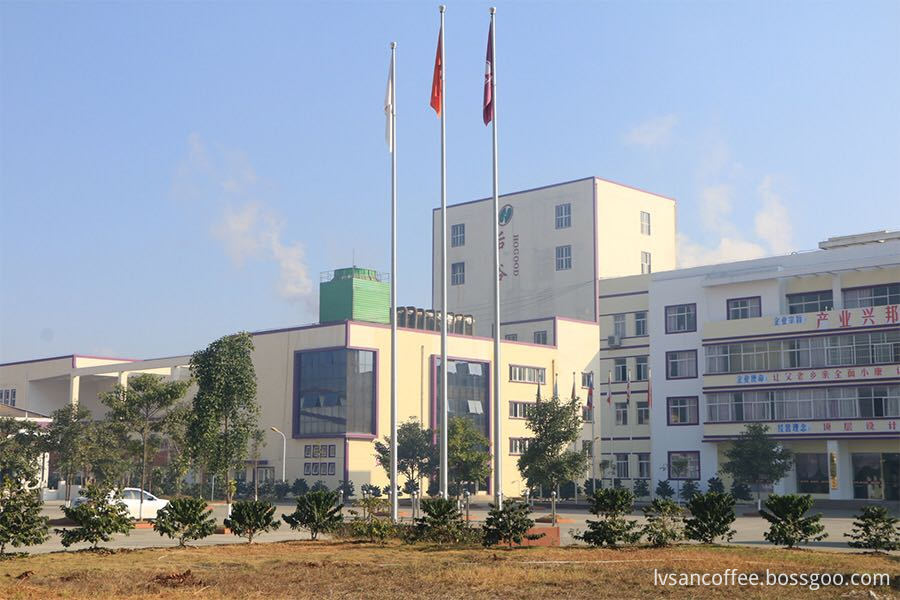Mushroom Brown Spot Disease Symptoms and Prevention
Mushroom brown spot, also known as dry bubble disease, is a widespread and serious fungal infection that commonly affects mushroom beds. This disease can cause significant damage to the crop, reducing yield and quality. The initial symptoms appear on the stem (stipe) and the cap (umbrella), where brown spots develop, often accompanied by depressions. Affected mushrooms lose their firmness, become deformed, and may eventually rot. In severe cases, the edges of the mushroom cap may appear jagged, or the stem may bend, sometimes resembling a garlic shape, with the stem being thicker than the cap.
On larger mushrooms, brown spots are more noticeable, and as the disease progresses, the mushrooms dry out, becoming leathery in texture. A gray mold layer may form on the affected areas. Unlike white rot, which causes rapid decay and produces brown mucus with a foul smell, brown spot disease progresses more slowly and does not emit any such fluid or odor. In its early stages, it can be easily confused with white rot due to similar visual symptoms.
The primary source of the pathogen is usually contaminated soil, especially the cover soil used in mushroom cultivation. Diseased mushrooms can spread spores through the air, and human activities—such as handling mushrooms with bare hands or using contaminated tools—can also contribute to the spread. The disease often starts from leftover material after harvesting, entering through broken parts of the stem and then spreading further.
Environmental conditions play a major role in the development of this disease. High temperatures, poor ventilation, excessive humidity, and the accumulation of waste materials in the mushroom bed all create favorable conditions for the disease to thrive.
To manage the disease, several control measures can be taken. First, infected mushrooms should be promptly removed and destroyed by digging them up, burning, or burying them at least 10 cm deep along with the mycelium and growing medium. The affected area should then be treated with a disinfectant. Tools should also be disinfected using formalin to prevent cross-contamination.
Reducing temperature and humidity is another key step. Ventilation should be increased without lowering the temperature too much. Keeping relative humidity below 95% and maintaining a temperature below 17°C can help suppress the disease.
Chemical treatments are also effective. Before planting, a 1:1:300 Bordeaux mixture can be applied to the cover soil to reduce infection risk. Alternatively, spraying the surface of the mushroom bed with 100g of carbendazim or 200g of thiophanate-methyl per 100-150kg of water can also provide good protection.
If the disease persists despite these measures, the cover soil may need to be completely replaced with disease-free soil. After re-covering the bed, the pathogen can be effectively controlled, ensuring healthier mushroom growth. These steps, when implemented properly, can significantly reduce the impact of brown spot disease on mushroom production.

100%Arabica Instant Coffee: The flavor is sweet and soft. It is a High quality raw material of black coffee.
Product features:
1. Special large package for industrial raw material sales;
2. 100% pure coffee;
3. Good instant solubility;
4. Unique aromatic oil recovery device to maintain the flavor of coffee to the greatest extent;
5. Stable raw material origin and long-term supply


Granulated Coffee,Instant Black Coffee,Best Soluble Coffee,Arabica Instant Coffee
Yunnan New Biology Culture Co,.Ltd , https://www.lvsancoffee.com